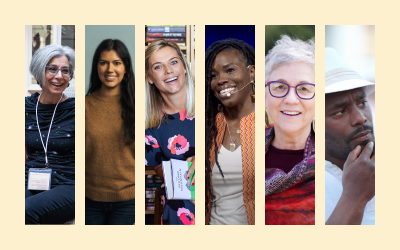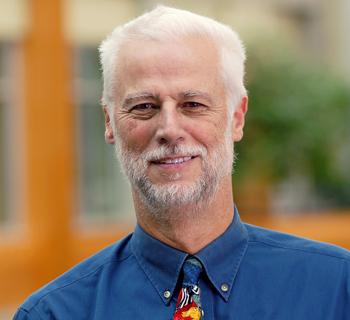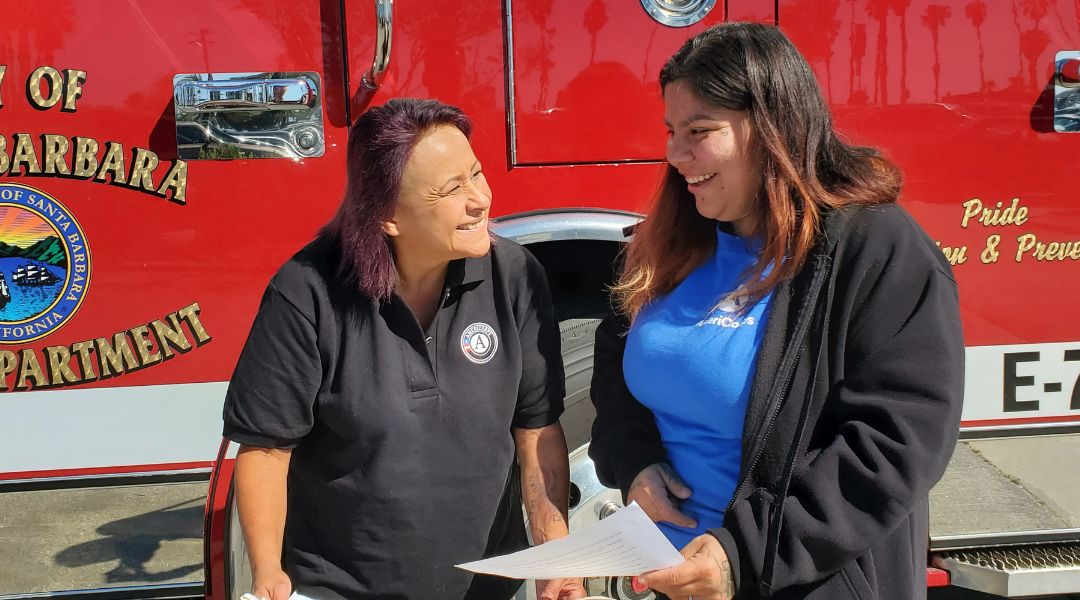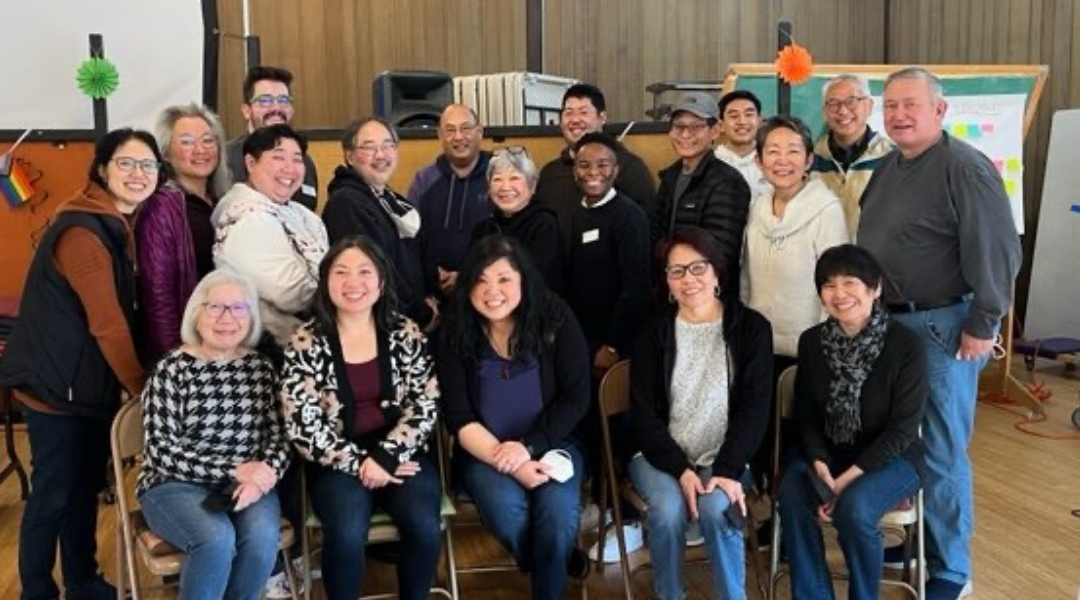After 35 years as a professor of computer science at the University of Washington, Richard Ladner wanted to move from theory to impact. The hearing son of deaf parents, Ladner combined his expertise in computers and technology with an innate understanding of the needs and wants of people with disabilities. Leveraging the creativity and intelligence of his students and colleagues, Ladner is developing accessible technologies for disabled people, such as a Web-based screen reader to allow blind people to use the Internet anywhere, a more efficient process for translating textbook graphics into a tactile form, and cell phones that provide real-time video for deaf people using sign language.
Ladner’s work is moving the focus from medical solutions that view disabled students as patients to a more human approach that takes into account the desire of many deaf and blind people not to be “cured” but to access the everyday social and educational services that the general population enjoys.
Sangyun Hahn, a blind student, applied to the Ph.D. computer science and engineering program at the University of Washington in 2002 and was accepted. But it wasn’t long before it became clear that there was a problem.
A campus service was laboriously converting material, including graphs, drawings and formulae, from Hahn’s textbooks into the Braille and other tactile representations that Hahn could read by touch. It took hours and often days to do just one graphic. Through no fault of his own, Hahn couldn’t keep up with his classmates.
That’s when Richard Ladner, a long-time professor in computer science and engineering at the University of Washington, stepped in. “There aren’t that many people who do what I do – computer science – and who also have the strong connection to people with disabilities,” Ladner, a hearing son of two deaf parents, says. “I found out how unique I am.”
Ladner secured funding and worked with Hahn to set up a team to write computer software that could build the tactile graphics in batches and do it automatically. In 2004 they succeeded, creating the Tactile Graphics Assistant – free software that lets blind students keep better pace with their peers in science and math.
“I guess for all mathematicians and theoretical scientists, there is a certain amount of intellectual curiosity. The satisfaction comes from being able to do something you didn’t think you could do,” Ladner says.
In the time it took to complete the process, Ladner also took on several other problems of accessibility. Deaf people, for example, haven’t been able to use cell phones. Ladner has worked with other graduate students to create a prototype he calls MobileASL. It puts the camera and the screen on the same side of video-capable cell phones, enhances picture quality and gives them access to U.S. wireless networks so that deaf people can have two-way sign-language conversations.
“I’ll finally be able to be on the move just like other hearing people,” says Jessica DeWitt, a deaf member of the MobileASL development team. “I won’t have to be chained to a desktop computer or a TV with a videophone device.”
The successes spurred Ladner on. After many years of research in theoretical computer science, he turned his full attention to accessibility technology research, especially technology for deaf, deaf-blind, hard-of-hearing, and blind people.
“There are tens of thousands of accessibility gadgets that have been produced over the years,” he says, “most with some kind of computer at their hearts.” Ladner has the know-how to make them work better – and the motivation.
“There’s a prevailing attitude that disabled people cannot do things,” Ladner says. “It doesn’t seem to end, no matter how much education you put out there.”
Determined to try to put an end to it, Ladner reaches out to students and professors across the country. He runs a summer academy that teaches computer programming and computer animation to deaf students. He offers a national workshop on computer science for blind young people at the National Federation of the Blind Junior Science Academy. He delivers frequent lectures on accessibility in various university departments and takes part in other alliances and workshops that offer students with disabilities access to science and technology education through mentoring, internships and college prep courses. And he serves on the board of Gallaudet University, the only liberal arts university for deaf people in the world.
Ladner had dabbled with some accessibility projects in the 1980s, but was distracted by the then-exploding field of computer science in general. He learned American Sign Language only in his late thirties, to communicate better with his parents. “It felt like going home,” he says. “It really made a difference with my parents. I could talk with their friends. I can talk with most deaf people now.” Today Ladner promotes the development of sign language for scientific concepts and use of remote sign-language interpreter services in the education of deaf students in science.
A professor since 1971, Ladner see his students as part of the solution.
One of 45 students in Ladner’s Vertical Mentoring Workshop for the Blind last year, Nicole Torcolini learned to write her own program to translate her math homework from Nemeth code (a form of Braille for math) into LaTex, a mark-up language for math that can be transformed into beautifully type-set math that her sighted teacher could read.
“One of the great things about being a professor is that you have all these young people around and they’re just getting started and have all these new ideas,” Ladner says. “It’s particularly rewarding to see a student come up with their own idea for a project and execute it on their own.”
Jeffrey Bigham, a graduate student in computer science and engineering, whom Ladner advises, wanted to improve Internet accessibility for people with disabilities. Bigham won an international prize from Microsoft for his work on WebAnywhere, a free voiced screen-reader application that makes Web surfing available to the blind from any computer.
“Richard has been a great mentor and has been vital in shaping the direction of my work and career,” Bigham says. “He understands both computer science research and the people to whom our research applies, which is a rare combination.”
Ladner sees the need for more leadership – “more faculty in computing who will initiate and sustain projects that benefit students and faculty with disabilities,” he says – and recruitment of people with disabilities into science and computing fields. He plans a November workshop to bring faculty members, graduate students and other potential leaders into an AccessComputing Alliance, which just received $2 million in funding.
Ladner’s longer-range plans include an Institute for Accessibility Research that would bring together consumers, industry and scientists to create inexpensive useful technology to solve world problems. It would be accessible from the beginning for people with disabilities.
“There’s a lot of great creativity in computer science to solve practical, interesting problems that could benefit persons with disabilities,” he says. “It’s just matching that innate ability with the right people who know what the problems are.”
“There must be a lot of people like me,” Ladner says. “They had a great career, they had great training. But you see these things that need to be done that nobody is doing. There’s a sense of urgency.”




